Sodium Saccharin E954 is widely used as a substitute for sugar in foods, beverages, soft drinks, table top sweeteners, baked goods, chewing gum, canned fruits, dessert toppings and dressings.
The use of Sodium Saccharin E954 in food as follows:
| Product | Structure Formula | Use |
|---|---|---|
| Sodium saccharin 15% moisture |  |
|
| Sodium saccharin 6% moisture |  |
|
| Insoluable saccharin |  |
Sodium saccharin, E954 is the salt form of saccharin, artificial sweetener, 300 to 500 times as sweet as sugar. Sodium saccharin E954 can be used in toothpaste, mouthwash, diet soft drinks, syrups, baked goods, ice cream, and other sweet foods and drinks. While it is certainly most famously used in food products, sodium saccharin is also used in the chemical and agricultural industries as an aid in the production of herbicides and pesticides. It is also used as part of a solution used to coat metals, such as gold and nickel.
| CAS No. | : | 128-44-9 |
| Molecular Formula | : | C7H5NO3S.Na |
| Synonym | : | Saccharine sodium salt |
| H.S.Code | : | 925.11.00 |
Sodium Saccharin uses and application as follows:
A) Food Industry
Sodium saccharin E954 can be used in toothpaste, mouthwash and used as a non-nutritive sweetener and stabilizer in a variety of food and drinks. Bakeries use sodium saccharin to sweeten baked goods, breads, cookies and muffins. Artificially sweetened diet drinks and sodas use sodium saccharin since it dissolves readily in water. Other products that contain sodium saccharin include marzipan, plain, sweetened and fruit-flavored yogurt, jams/jellies and ice cream.
B) Chemical and Agricultural Industry
Sodium saccharin E954 is an intermediate chemical ingredient in the production of pesticides and herbicides. It is a catalytic agent in the manufacture of anaerobic adhesive–an adhesive that stiffens without the presence of oxygen. Anaerobic adhesives are called locking compounds or sealants and are used to seal and secure close-fitting parts.
C) Electroplating Industry
According to “Saccharin from China”, sodium saccharin is useful in the electroplating industry as an additive in metalworking fluids and adhesives. The electroplating of nickel, for instance, uses saccharin as an electrolyte (a substance, which when dissolved in a solution, makes it electrically conductive). Electroplating is the process in which an electric current is applied through a solution to coat the surface of a metal with another layer of metal. The nickel electroplating industry uses sodium saccharine bring about a brighter finish. Gold and palladium electroplating baths also use sodium saccharin.
D) Pharmaceutical Industry
The pharmaceutical industry uses sodium saccharin as a coating on drugs. Chewable multivitamin and calcium tablets often contain sodium saccharin to improve their taste. It is also employed in the manufacture of toothpastes, personal health care products and cosmetics.
Sodium saccharine, or sodium ortho-sulphobenzimide with molecular formula C7H4NNaO3S, is the salt form of saccharine, an artificial sweetener. It is available in anhydrous and di-hydrated form. It is an odorless, white powder. It is 300 to 500 times sweeter than sugar (sucrose). Major application of Sodium saccharine is the food industry as an additive in different products. It is used as a low calorie sweetener and stabilizer in a variety of food and drinks. In bakeries it is used to sweeten baked goods, breads, cookies and muffins. Due to its rapidly dissolving nature in water, it is used as an artificial sweetener in carbonated beverages and sodas.

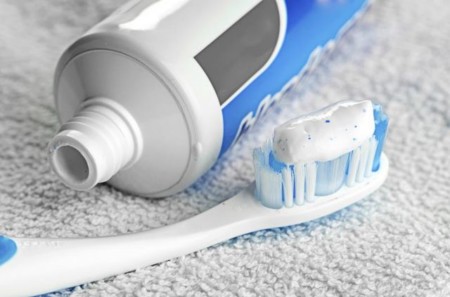
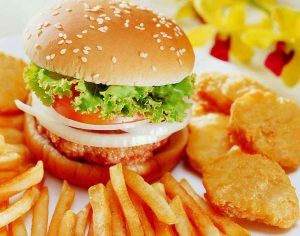
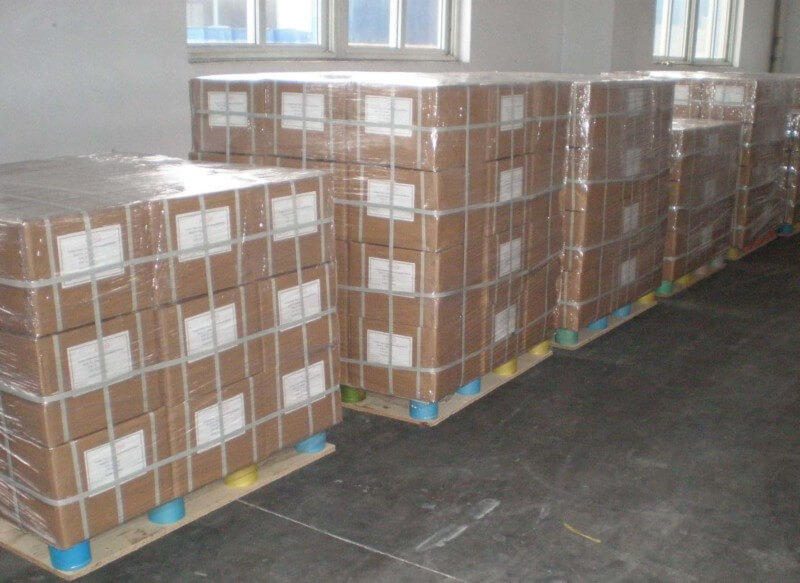
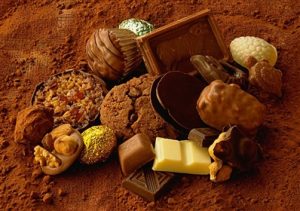
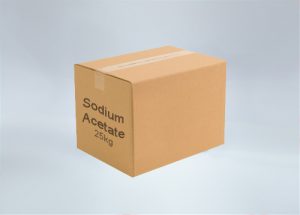
In one kilogrammes what is the idea ratio of saccharin to use?